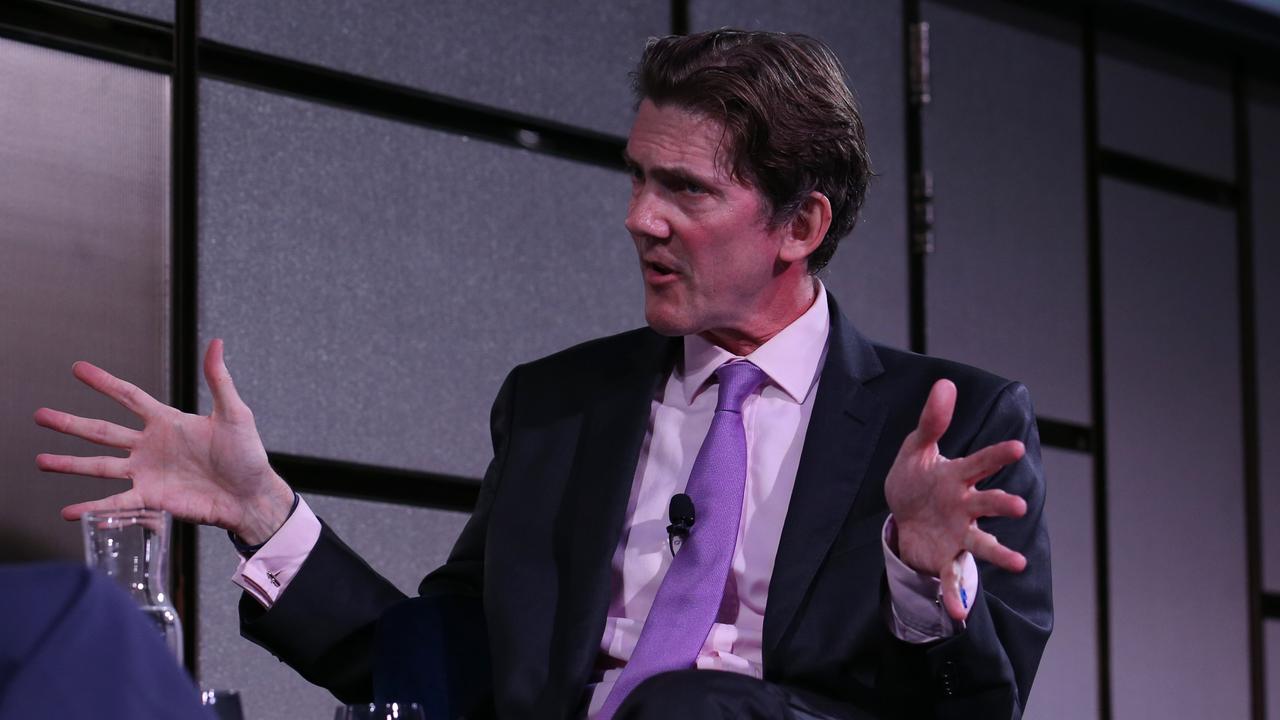RBA deputy governor Andrew Hauser says interest rate path is uncertain
A man at the top of the Reserve Bank of Australia has warned Aussies against “false prophets” who claim to know what will happen in the future.
One of Australia’s most influential central bankers has warned Australians against “false prophets” who claim to know the future direction of markets and interest rates.
Reserve Bank of Australia deputy governor Andrew Hauser, in a speech to the Economic Society of Australia in Brisbane on Monday, said a modern tendency to proclaim “certainty” about monetary policy, which sets interest rates across the economy, was a “dangerous game” that could harm the welfare of all Australians.
“It is right to want to be confident that the central bank will bring inflation back to target and maintain full employment: that is the RBA’s mandate and we should be held to account for it,” he said.
“But the policy strategy required to deliver that outcome, and the economic judgments that inform it, simply cannot be stated with anything like the same degree of certainty. Those pretending otherwise are false prophets.”
To stress the radical uncertainty that permeates all parts of life, Mr Hauser cited a study of professionals across a range of industries who were asked hard but factual questions with clear answers, with a “miss rate” calculated from how often a respondent’s range of uncertainty was too narrow to include the true answer.
“Miss rates lie between 42 and 64 per cent,” he said.
“People are vastly too confident about what they truly know.”
Central bankers made forecasts, he said, in setting interest rates, and that alone would always envelop the process in what he called “radical uncertainty”.

“Monetary policy works with long and variable lags, so our forecasts have to be medium term, not short term,” he said.
“That’s a second source of uncertainty. And most importantly of all, the things we are forecasting – inflation and unemployment – are the complex, time-varying outcomes of the decisions and interactions between many millions of people, companies and other organisations.”
The expected direction of interest rates in Australia and the US has fluctuated in recent months as new data leads investors to reassess how central bank decisions will unfold.
Underwhelming jobs data from the US triggered a sharp sell-off in global equity markets last week, and in Australia, a hotter-than-expected inflation print from June elevated expectations of an August RBA hike before July’s CPI data cooled off rate hike bets.
RBA governor Michele Bullock and the board kept interest rates steady at 4.35 per cent at their August 6 meeting, with the board stressing uncertainty in its statement.
“The economic outlook is uncertain and recent data have demonstrated that the process of returning inflation to target has been slow and bumpy,” the board said.
“The central forecasts set out in the latest SMP are for inflation to return to the target range of 2 per cent 3 per cent late in 2025 and approach the midpoint in 2026.
“This represents a slightly slower return to target than forecast in May, based on estimates that the gap between aggregate demand and supply in the economy is larger than previously thought.
“In part, this reflects an increase in the forecast for domestic demand.
“But it also reflects a judgment that the economy’s capacity to meet that demand is somewhat weaker than previously thought, evidenced by the persistence of inflation and ongoing strength in the labour market.
“There is substantial uncertainty around these forecasts.”
In closing his speech, Mr Hauser said the “billion-dollar question” was how to map essentially uncertain judgments onto policy decisions.
“That is really the subject for another speech, but the short answer is one should seek to choose strategies that are responsive to, and also robust to, your evaluation of the risks to the outlook as much as to the central projection,” he said.




